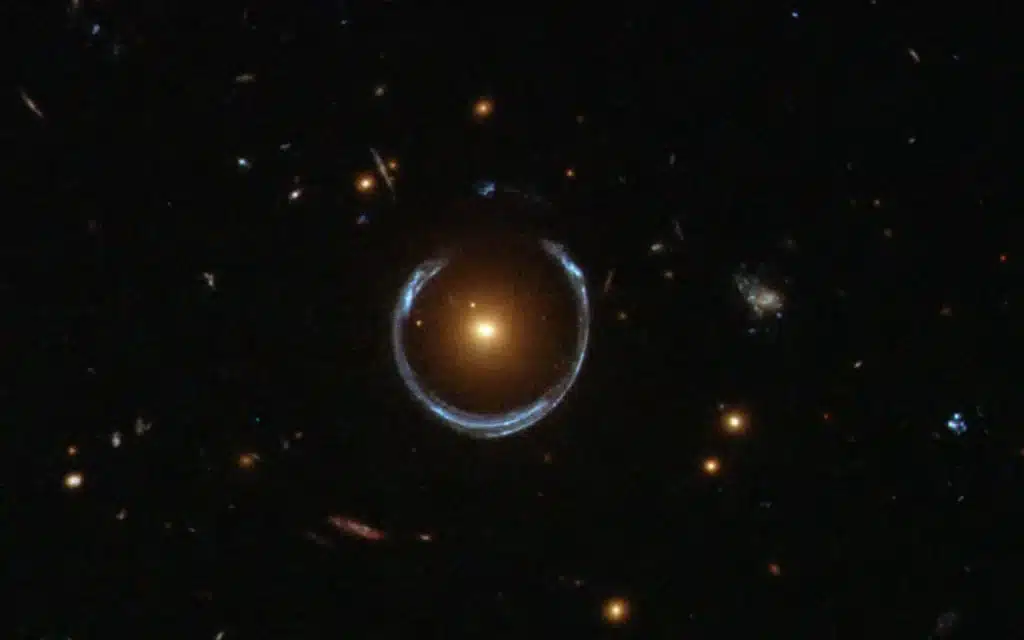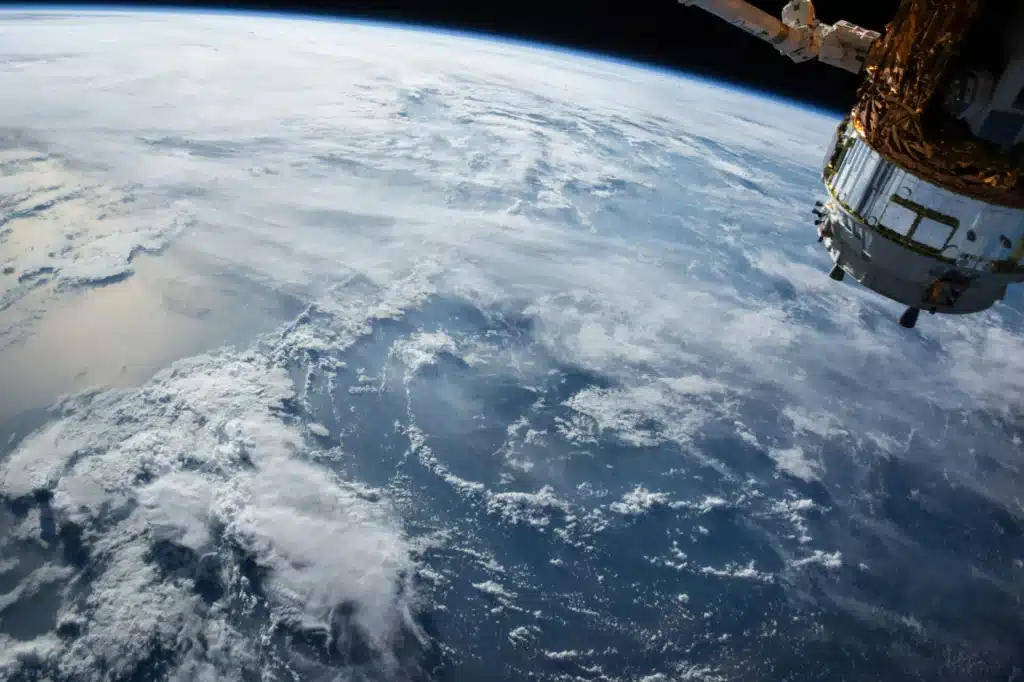Astronomers spot a colossal black hole that redefines the meaning of massive
Published on Aug 15, 2025 at 5:13 AM (UTC+4)
by Grace Donohoe
Last updated on Aug 14, 2025 at 6:54 PM (UTC+4)
Edited by
Emma Matthews
Great news, space fans, astronomers have spotted a colossal black hole, and the mass is simply the largest thing that we’ve ever seen.
This new black hole could be the largest and was found within the Cosmic Horseshoe lens.
The exciting discovery was confirmed as being legitimate by a Professor, proving it’s the real deal.
It’s a colossal find, with more discoveries surely set to follow.
VISIT SBX CARS – View live supercar auctions powered by Supercar Blondie
Astronomers have managed to spot a colossal black hole, and it is simply massive
Discoveries in outer space are exciting, and thanks to a brand new find, things are set to advance even more.
In a revelatory turn of events, a colossal black hole has been found, and the sheer size will surprise you.
The new discovery is of a black hole that consists of 36 billion solar masses, at the centre of the Cosmic Horseshoe gravitational lens, pictured below.

“Supermassive black holes (SMBHs) are found at the centre of every massive galaxy, with their masses tightly connected to their host galaxies,” stated the study published in the Monthly Notice of the Royal Astronomical Society.
But what exactly is a gravitational lens, you ask?
Well, a gravitational lens happens when something huge ‘warps space and time, causing light to bend, distort. and magnify as it passes around the massive object,’ explained NASA.
The Cosmic Horseshoe is reportedly one of the biggest galaxies we’ve ever seen. And thanks to this new discovery, astronomers can only wonder as to what will happen next.
“This is among the top 10 most massive black holes ever discovered, and quite possibly the most massive,” University of Portsmouth Professor of Astrophysics Thomas Collett said.
Staff at the British university helped to discover the colossal black hole alongside other researchers at Universidade Federal do Rio Grande in Brazil, with the professor explaining how it was found.
“It is altering the path that light takes as it travels past the black hole, and it is causing the stars in the inner regions of its host galaxy to move extremely quickly,” explained the professor further in a press statement.
That speed? Almost 400km per second.
It is reportedly ‘10,000 times heavier than the black hole at the centre of our own Milky Way galaxy’ too.
Discoveries in space are constantly evolving
Thanks to theories, technology, and detailed research methods, the universe and space are being explored further every day.

With companies and organizations such as NASA at the forefront of the action, interesting facts are constantly being fed back to us on Earth.
For example, NASA recently shared the closest images of the sun in history captured by the fastest spacecraft ever made.
Plus, the European Space Agency even built two satellites that fake solar eclipses on demand, cool right?
DISCOVER SBX CARS: The global premium car auction platform powered by Supercar Blondie




